Top 7 Tips to Eat Cheaply in Toronto and Vancouver
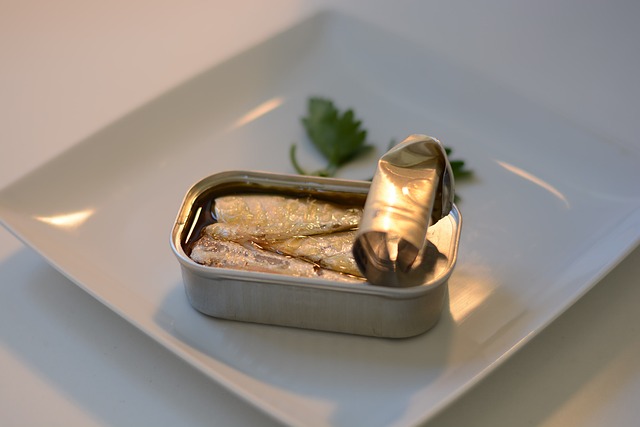
Maybe you’re just starting out in a new city or country, maybe you’re a student, or maybe you just have better plans for your hard-earned cash than to spend it frivolously. No matter where you find yourself in life, it’s good to know how you can balance your expenses and savings. It is still possible to eat good food and live a vibrant lifestyle on a budget, and this guide will show you how.
The Guide to Cheap Living: FOOD
Maybe you’re just starting out in a new city or country, maybe you’re a student, or maybe you just have better plans for your hard-earned cash than to spend it frivolously. No matter where you find yourself in life, it’s good to know how you can balance your expenses and savings. It is still possible to eat good food and live a vibrant lifestyle on a budget, and this guide will show you how.
First of all, when we talk about budgeting, the tendency is to always focus on earning and spending money. While it is immensely important to keep a close eye on your finances, focusing so much on that one aspect of your life leads to a huge oversight – budgeting is as much about money as it is about time.
Tip #1: Budget not only your money, but also your time
Believe it or not, a huge chunk of your expenses occur only because of mismanagement of time. If you wake up with just enough time to get dressed and fly out the door, you’re usually relying on some fast food place to supply your morning nourishment. Generally, that also means you’ll be buying your lunches and snacks on the go as well, which easily adds up.
It actually takes you just as much time to prepare your own coffee and breakfast at home, as it does to stop at Tim Hortons, wait in line, pay for your meal, and wait for it to be done – yet, we somehow manage to see that stop as a time-saving option.
No matter how you spin it, a fast-food breakfast and coffee would cost you at least four times more money than making it at home, and even the cheapest fast-food options come up at twice the cost of home-made, not to mention the cost of such eating habits on your health.
You don’t have to be a ‘sandwich artist’ or a terrific chef to imitate your favourite fast food at home, all you need is to budget your time in a way that lets you spend those extra 15 minutes a day to prepare your own food. If you don’t have the time or appetite to eat it in the morning, you can still pack it and eat it on the go.
You can find dozens of articles about preparing a full week’s meals ahead of time, and if the idea of spending an afternoon doing that sounds daunting to you, just imagine that you’re being paid $120 to do that. Because realistically, if you spend the minimal $4, 3 times a day on snacks/coffee/fast food sandwiches, in a month that adds up to $240 – and that’s per person, and if you only eat out on weekdays. Considering that the same meals made at home are at least half the price, that extra effort earns you a minimum of $120, per person, per month.
Budgeting your time is not just about food. Consider that at any moment you’re either working towards your goals, or away from them – and that includes your financial goals. So a 6-hour binge of Dexter episodes could be spent developing your freelancing career and earning you money, or a daily 5-hour mindless scroll through facebook could be spent networking at community events & helping you gather contacts for future opportunities (paid or unpaid).
Time is money, when you use it wisely.
Tip #2: Buy food from discount and bulk stores
by Alisha Vargas / Flickr / CC BY 2.0
Another way to convert your time into money is to take that drive or bus ride to a Costco, Save-On-Foods, Superstore, No Frills, FreshCo, and Food Basics. Granted, they’re usually in goofier parts of town, but the money saved on food could be well worth it.
- Costco Locations
- Food Basics Locations
- Freshco Locations
- No-Frills Locations
- Real Canadian Superstore Locations
- Save-on-Foods Locations
Costco is usually the furthest one in terms of accessibility by city transit, and chances are, you couldn’t fit their massive, bulk packages onto a bus anyway. So unless you drive, your best options (in order of most expensive to cheapest) may be Save-On-Foods, Superstore or No Frills – they’re often usually the city and easily accessible by transit.
In some cities, Walmart has started selling groceries and they are pretty cheap. But I’d trust their quality of food less than I’d trust those cans of Alphaghetties that have been on the Dollarama shelves for years.
Costco is the best choice for big families (with a vehicle), but it also requires you to purchase a yearly membership ($55). Another thing to note is that they don’t accept credit cards, unless it’s their own American Express. So if you tend to rely on your Visa to help you buffer your income and expenses, and are reluctant to take on another credit card, Costco may not be an option for you.
If you have no time or transit access to any of the above, your likely options are Sobeys and Safeway. If you plan to be a regular at those, you’d better sign up for their membership cards and keep a close eye on their flyers – that would help you save some money in these otherwise overpriced stores.
If you live alone, have a small household, or eat most of your meals outside the house, spoilage may be a main concern for you. But you can still shop in bulk stores and save yourself some money by stocking up on non-perishables and frozen goods (read on to #3 & #4).
Tip #3: Buy easily cooked food
by Salvation Army USA West / Flickr / CC BY 2.0
As mentioned earlier, one way that mismanaged time ends up costing you money is in food preparation. Even if you have all the best intentions in the world, and every once in a while pick up a ton of groceries with the full commitment to cook up some healthy, gourmet meals, the reality is that by the time you get home after a long day of work, the last thing you want to do is cook. You’ll open your fridge, notice that everything you could possibly eat requires effort and preparation, and you just end up going out for a sub, or even worse, ordering a Domino’s by delivery. Meanwhile, your food will start going bad in the fridge, and over the next few days, you’ll try and resentfully use up those veggies before they rot in your fridge.
Luckily, you can anticipate and plan even for that. I spent 6 years being a full-time student and working 3-4 part time jobs at the same time, so I can relate to that constant yearning for good homemade food, yet no time or motivation to make it.
In all my years of experimentation, I’ve figured out some good balance: I would have a bi-weekly trip to a big, bulk grocery store (usually Superstore or No Frills) and stock up on non-perishables, frozen food, and items with a relatively long shelf life. Some of my favourites included canned tuna and salmon, plain (or flavoured) Greek yoghurt, packages of stuffed tortellini and pesto sauce, pre-cooked, vacuum-sealed egg noodles, packaged DRY soups (eg. chicken noodle, spring vegetable), hummus, carrots, celery, broccoli, peppers and some fresh fruits (just enough to be eaten up within a couple days). I also got almonds and peanuts for quick snacks on the go.
Tip #4: Frozen food is awesome
For 6 years I lived by myself, and food spoilage was a major concern. That is, until I discovered the magic of frozen food. I would always stock up on various frozen fruits and berries, frozen stir-fry vegetables (there are several combinations available), small thin-crust frozen pizzas, and a couple larger multiple-topping frozen pizzas.
All the above super easily gets converted into ready-to-serve meals, snacks, or drunk food (if necessary). Here are some combinations:
Quick light breakfast:
1 banana, a few bits of frozen fruits and berries, and Greek yoghurt thrown in a blender.
- Time: 30 seconds
- Cost: $2.
*If bought at Booster Juice – time: 10-15 min. wasted getting there and waiting in line, cost: $7.
Super quick lunch between school and work:
- Time: 2 min of actual effort
- Cost: $4.
After-work light dinner:
Boil water, stir in the DRY pre-packaged chicken noodle soup, cut carrots, broccoli, and celery into the pot and simmer while you shower.
- Time: 2 min. of effort
- Cost: $3.
Bigger, healthier dinner:
Pick up Safeway chicken fingers and potato wedges meal ($2.99!!) on the way home, put some oil in a pan, throw in some stir fry vegetables, and let them cook while I change and shower.
- Time: 7 minutes of effort (mostly because of Safeway),
- Cost: $5.
Final product: A huge plate of chicken fingers, potatoes, and stir-fried vegetables.
*Alternatively, the stir fry can be made with slices of a chicken breast, pre-packaged egg noodles, and same frozen vegetables.
Delivery pizza alternative:
Open oven and put a frozen pizza in. Wait 15 minutes. Eat.
- Time: 1 min of effort,
- Cost: $5 (compared to $20).
Even better delivery pizza alternative:
Heat oven, take out thin-crusted vegetarian pizza, open a can of tuna and sprinkle on the pizza. Put in the oven and wait 15 minutes. Eat.
- Time: 5 min. of effort,
- Cost: $7.
Light and healthy snack:
Cut peppers, broccoli & carrots, package into a zip lock bag, scoop out some hummus into a small container & throw in the bag as a healthy, filling snack.
- Time: 5 mins of effort,
- Cost: #4.
The possibilities are endless! And these meals require minimal effort, cost a fraction of any other fast-food meal, and offer a wide selection of quick & healthier choices.
Extra tip:
I totally understand that sometimes adulting gets hard, and it’s totally okay to want some wine. But these 750ml of pure stress relief need not cost you lots of money. Those frozen fruits that you can magically whip up into an amazing breakfast smoothie? They’re also great for upgrading your cheap bottle of wine to a fragrant, fruit-infused glass of homemade sangria.
Tip #5: Don’t stress over ‘organic food’
by Luigi Guarino / Wikimedia Commons / CC BY 2.0
There is so much misinformation floating around, and you may have already been bombarded with guilt trips over how terrible of a parent you are if you’re feeding your children ‘chemicals’, and how awful you’re being to your own body if you happen to buy those ‘conventional’ berries.
As controversial as this topic is, we’re here to alleviate that unnecessary guilt. Plenty of recent studies have found no real benefit to eating organic food over conventional, the claims of harm from eating GMO foods have been refuted, and in fact, the activist that led the whole non-GMO movement has publically apologized for spreading misinformation and harming the farming industry. The whole issue has been clouded by a whole lot of nonsense, and if your aim is to save money, the ‘benefits’ of ‘organic food’ are definitely not worth the expense.
Please note that local food does not equal organic food. If you have access to a farmer’s market, by all means, your money would be much better spent there than at your closest Superstore – your food will in fact be a lot more fresh and tasty, and I’m sure the service and the general experience will be much nicer too. Supporting local farmers is an excellent practice, and the personal care and attention a lot of that produce receives is well worth the trip. But if you shop at any of your local grocery stores, an ‘organic’ label means virtually nothing.
Tip #6: Get in the habit of carrying a reusable water bottle
It doesn’t have to be anything fancy, but buying a small, light reusable bottle can actually save you lots of money and help reduce unnecessary waste on the planet.
When we’re on the go and we get thirsty, it all snowballs pretty fast: our first instinct is usually to buy a bottle of pop or juice from the nearest vending machine. It costs virtually the same as a bottle of water, and we have this goofy perception that you’d be getting ‘more bang for your buck’ if you bought something not as bland as water. Or, better yet, most of us would just upgrade that to a coffee – and by the time you’ve waited in line, you might as well just get a bagel or a muffin to go with it too.
A juice, soda, or a coffee will not actually satisfy your thirst, and you’ll end up perpetuating this silly circle of wanting something and buying the wrong things. A water bottle is a super simple solution to that problem, and if you’re not the biggest fan of carrying around bulky things, there is a range of compact, foldable water bottles available as well.
Tip #7: Regrow new vegetables & herbs from scraps
by Subas Chandra Rout / Wikimedia Comments / CC BY-SA 4.0
If you’ve perfected time management and you’re feeling adventurous, apparently you can also try and regrow various vegetables & herbs on your windowsill. There’s a myriad of articles and tutorials on the subject, so maybe you can give that a try as well.
If you’re interested in reading more about how you can save money on daily purchases, check out our second article: The Guide to Cheap Living: Shopping.
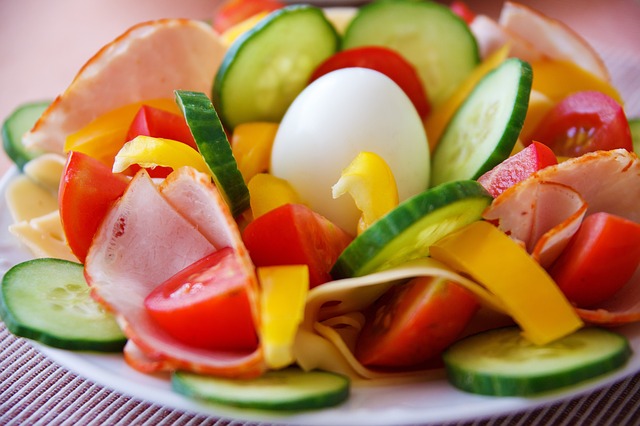
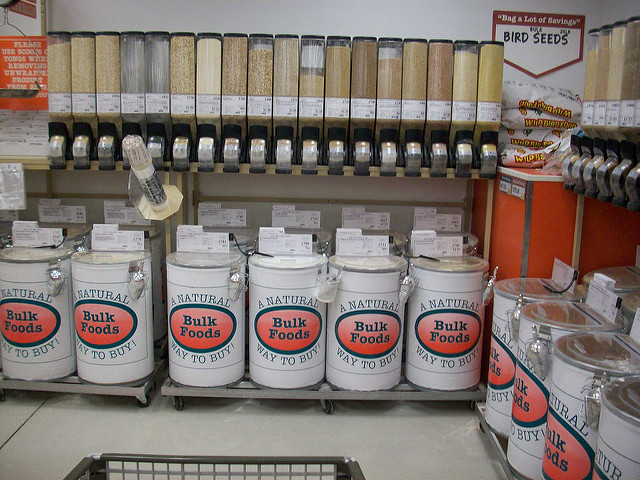
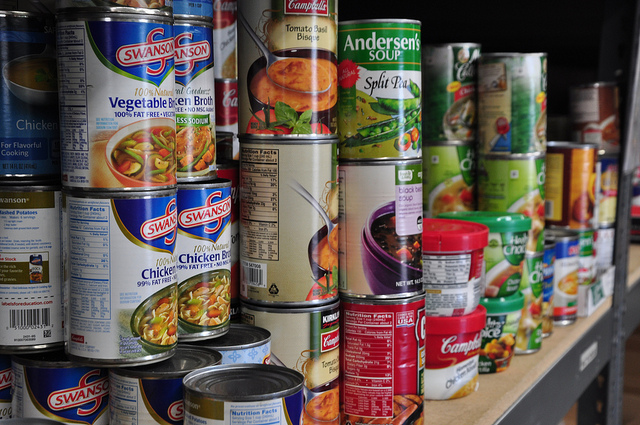
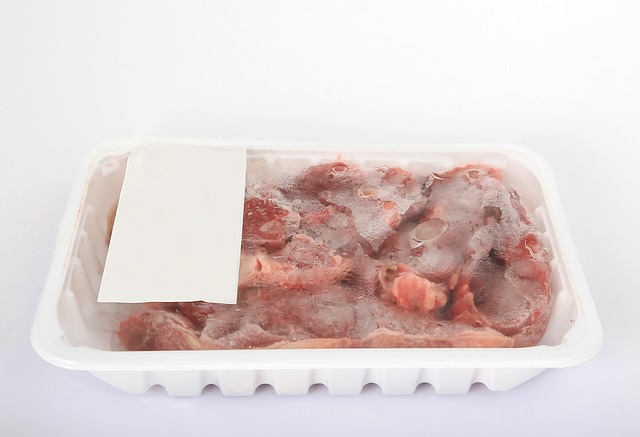
![Food market By Luigi Guarino from Rome, Italy (Nicosia) [CC BY 2.0 (https://creativecommons.org/licenses/by/2.0)], via Wikimedia Commons](https://upload.wikimedia.org/wikipedia/commons/thumb/1/1e/2012_market_Nicosia_Cyprus_8160936110.jpg/360px-2012_market_Nicosia_Cyprus_8160936110.jpg)
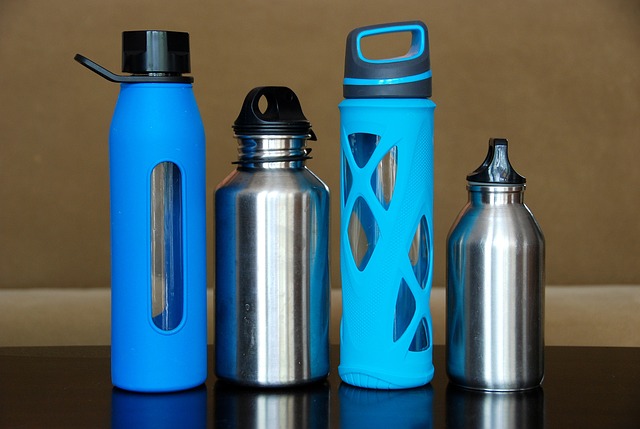
![Plants on balcony By Subas Chandra Rout (Own work) [CC BY-SA 4.0 (https://creativecommons.org/licenses/by-sa/4.0)], via Wikimedia Commons](https://upload.wikimedia.org/wikipedia/commons/thumb/5/56/Light_N_shade_on_the_bitter_gourd_plant_and_fruit_in_my_balcony_garden.jpg/360px-Light_N_shade_on_the_bitter_gourd_plant_and_fruit_in_my_balcony_garden.jpg)